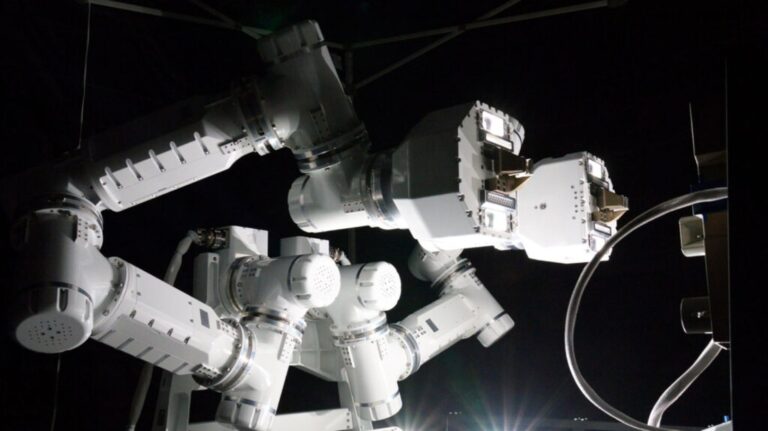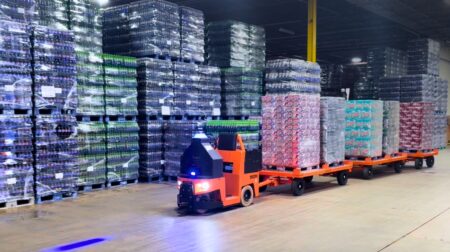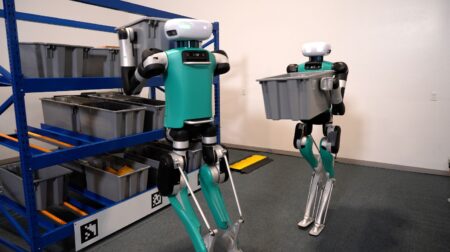With the aim of advancing robotic technology in space, California-based startup Gitai has announced it will be testing its new autonomous robotic arm system, S2, on the exterior of the International Space Station (ISS).
The 1.5-metre-long mechanical arms were trasnported to the orbiting laboratory in January this year and are now aboard Northrop Grumman’s 20th Commercial Resupply Services (NG-20) mission. The mission sits under the sponsorship of the ISS National Laboratory.
S2 was developed to perform a range of applications in space, including in-space servicing and assembly plus manufacturing (ISAM).
The mechanical arms will be attached outside the space station via a commercial airlock, and represent a collaborative effort with Nanoracks, a subsidiary of Voyager Space’s Exploration Segment and builder of the airlock.
Having launched in 2020, the Nanoracks airlock is hoped to bolster the station’s research and technology development (R&D) capabilities and facilitate the transfer of payloads between the interior and exterior of the orbiting laboratory.
Following testing on Earth, Gitai now hopes to evaluate the performance of S2 in space and validate its efficacy and durability for potential deployment in future missions both in low Earth orbit and beyond.
Sho Nakanose, the founder and CEO of Gitai, said: “We’re grateful to have the opportunity to work again with the ISS National Lab and Nanoracks on our second mission onboard the space station to demonstrate the core robotics technology utilised in our Inchworm Robot and Lunar Rover product lines.
“The success of this extravehicular ISS demo will confirm the feasibility of our technology as a fully operational system in space, achieving technology readiness level (TRL) 7, which will enable Gitai to offer government and commercial customers in-space servicing, assembly, and manufacturing services.”
GITAI’s S2 joins the roster of robotic arms aboard the space station, complementing the functionalities of existing systems such as the European Robotic Arm and the Canadarm2.
“This technology provides us with the capacity to do additional work in harsher environments that we don’t necessarily want to expose the crew to,” said Mary Murphy, director of programs at Nanoracks.
“So, if we had something that we wanted to take care of outside of the space station or a future habitat, we could leverage this robotic system to do that work for us.”
In the future, Gitai hopes to being developing technology for more complex missions to support the building of a future where robotic systems play a pivotal role in shaping the landscape of space exploration.









